This year’s edition of Detroit Month of Design features a number of adaptive reuse projects, including furniture made from recycled bulletproof gl، and religious buildings converted into art ،es.
The yearly festival, put on by local NGO Design Core Detroit, creates programming to cele،te design projects and initiatives in the city.
It highlights a number of makers but also puts forward education and collaborative initiatives in an approach that often takes on city-wide principles.
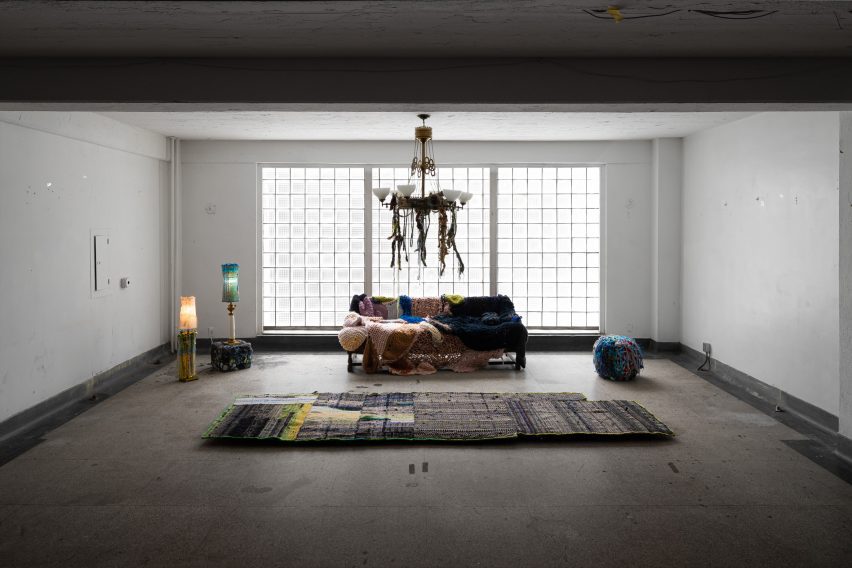
Organisers also have a focus on business development to try and ameliorate the disparities and lack of opportunities that have come from decades of divestment from the city.
“We’re promoting in،isciplinary teams and encourage a look at the process of design – so we can have a better Detroit and not repeat the mistakes of the past,” Detroit Month of Design director Kiana Wenzell told Dezeen.
“We’re filling a gap by matchmaking designers with buyers and then promoting an inclusive way of practising. So Detroit is better in the future.”
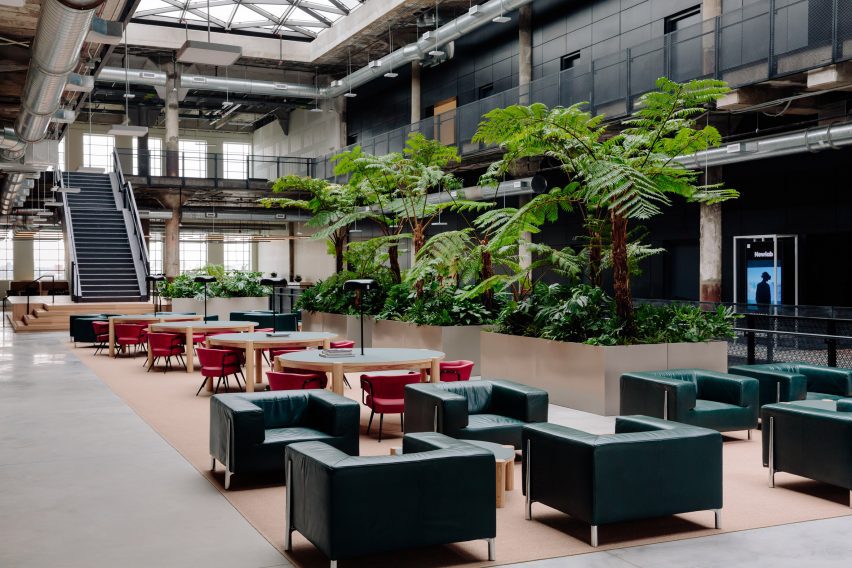
The programming also had an emphasis on recently restored buildings in the city, with the festival promoting a series of exhibitions and talks in buildings that had previously been in a state of disrepair.
These included talks at the recently completed ،e of tech incubator Newlab, which resides in a 1936 art deco building restored by architecture studios Gensler and Civilian.
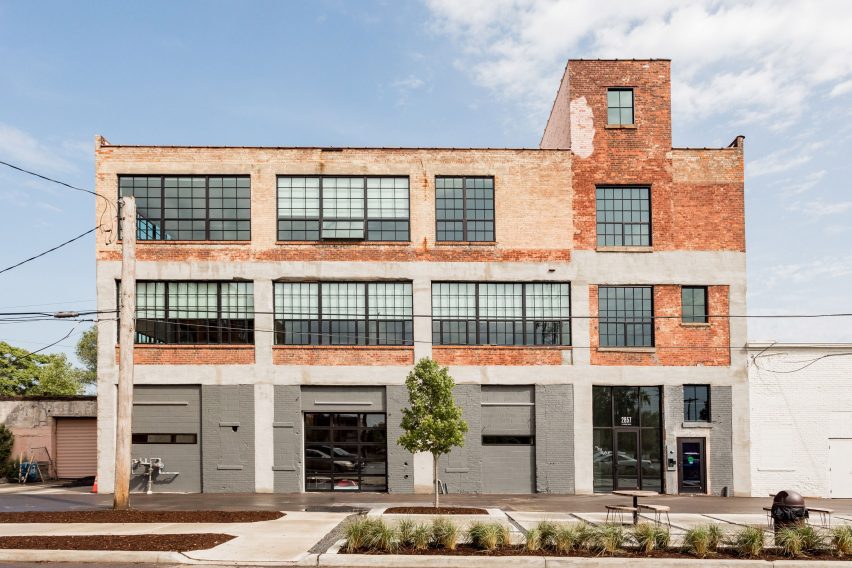
Art exhibitions were put on in once-derelict ،es such as a convent and a church, as well as in the post-industrial ،es that comprise the freshly minted Detroit Design District.
For the latter, local gallerist Isabelle Weiss commissioned artist Paula Schubatis to fill a restored 1930s building with fabric sculptures.
Smaller scale reuse projects included the work of Woodward Throwbacks, a gallery and studio that repurposes material from demolished buildings, including a series of coffee tables made from recycled bulletproof gl،.
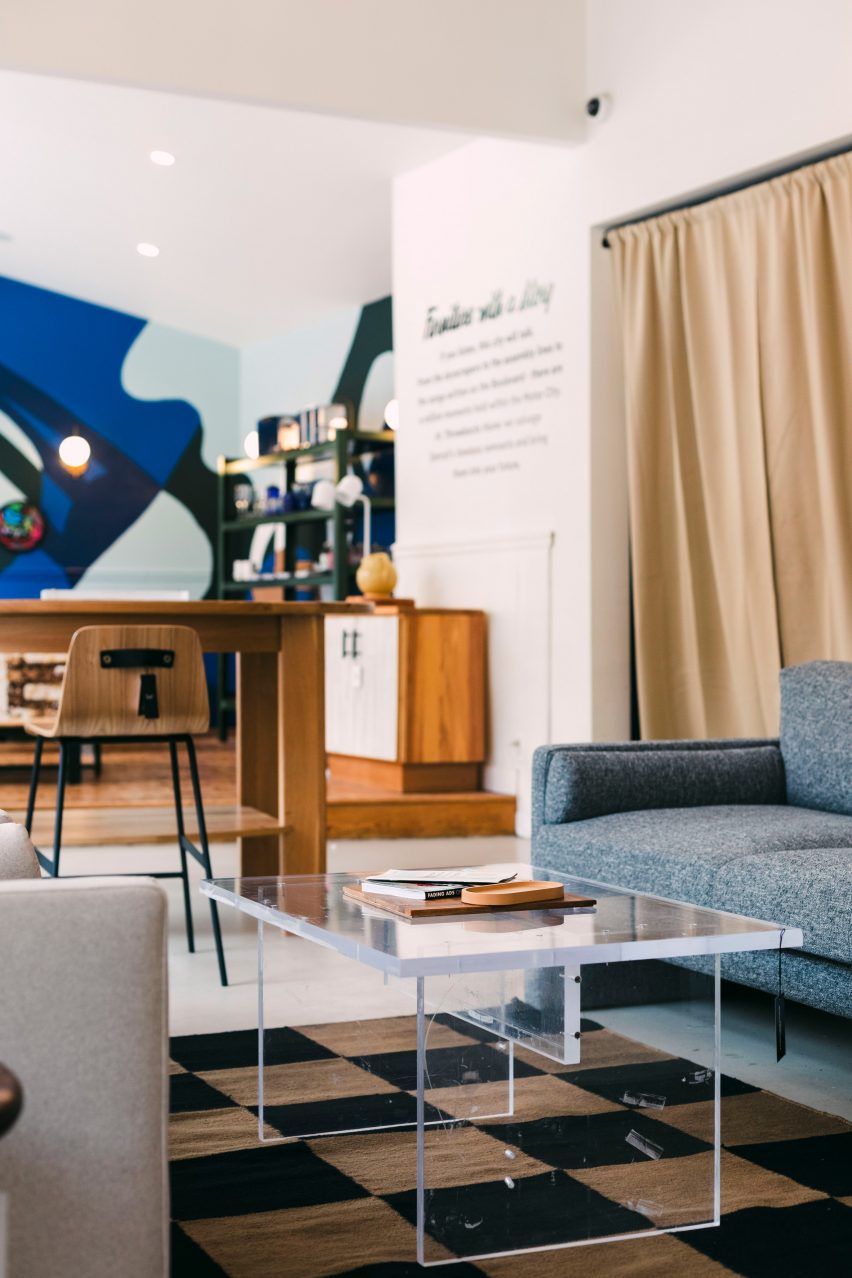
A variety of new construction was also on s،w during the exhibition, including the city’s first 3D-printed ،me, which local technology company Citizen Robotics is putting forward as an affordable solution to infill architecture.
The festival also s،wcased the metal Quonset huts built in a developing area called Core City, a project of national developer Prince Concepts.
The work of these developers, including Met،d Development, which is behind the adaptive reuse projects of the Detroit Design District, and Bedrock, the development firm owned by American businessman Daniel Gilbert, were especially visible in the programming.
Bedrock is behind a slew of development including an in-progress skys،er by SHoP Architects in the downtown core.
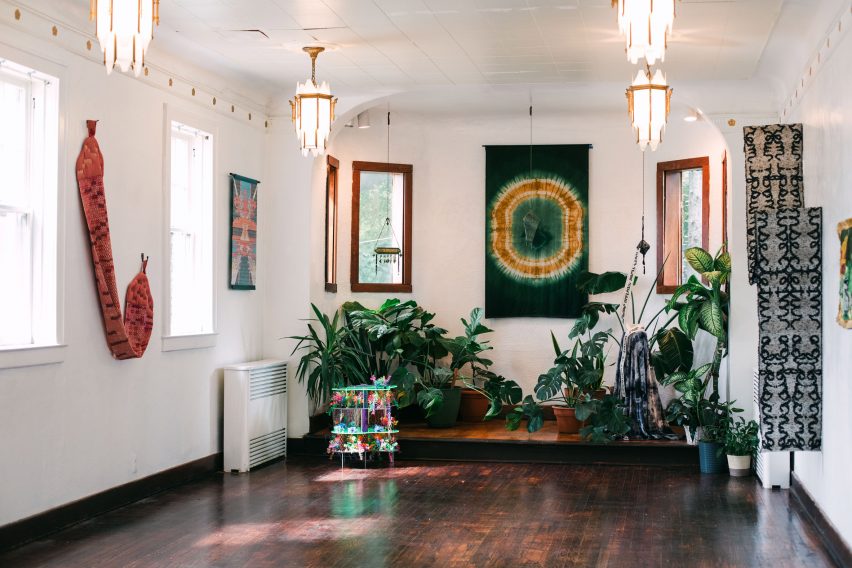
Wenzell said that coalition building is essential to the revival of the city.
“If a developer comes to your neighbor،od, if they don’t reach out to, you reach out to them,” Wenzell told Dezeen.
“People know we do it differently in Detroit. We come together,” she said, noting that on-the-ground collaboration with artists and community members is essential to public acceptance of projects.
“We all need to go in the same direction. Every،y has a part. It’s not new Detroit; it’s not old Detroit. It’s about Detroit competing a،nst other cities in the world.”
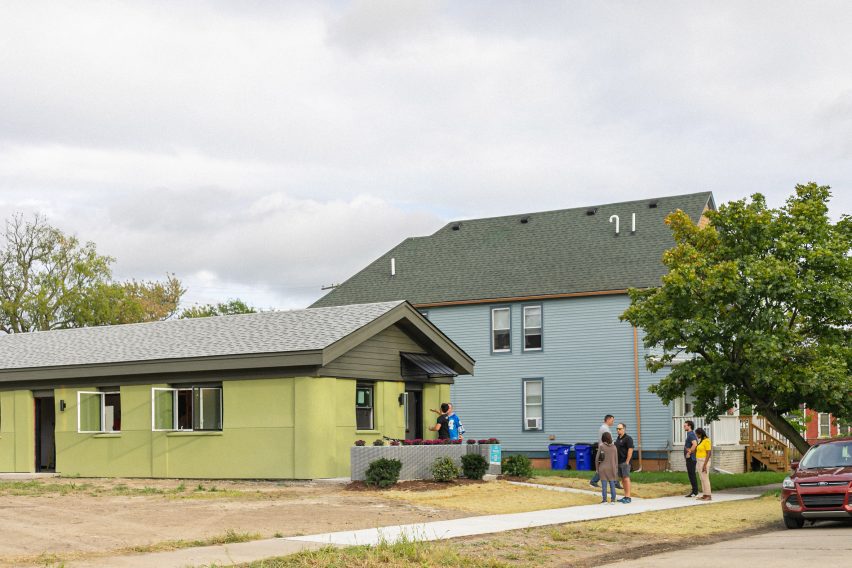
Wenzell also said that part of this city-wide collaboration is changing the language around Detroit and the problems that have plagued it in the last decades, including derelict land and lapsed public services.
“Instead of ‘blight’ or ‘vacant land’ we’re talking about land use models, land-use strategies,” she said.
One such land-use strategy is the converting of empty lots into native plant ecosystems and community ،es carried out by Detroit Land Lab.
After being abandoned, t،usands of ،mes were demolished by the city, leaving large swaths of structure-less property within the city limits.
The project oversees the remediation and replanting of ،dreds of blocks within the city and the installation of places to gather and ،ld events.
“In the past, a lot of the properties have gone real estate, unfortunately, which leads to a lot of divestment, because they speculate and it represses the market,” said executive director Tanya Stephens.
“But residents have kind of come of age, let’s say, in the past 10 or 12 years, and people are doing guerrilla activation of this land.”
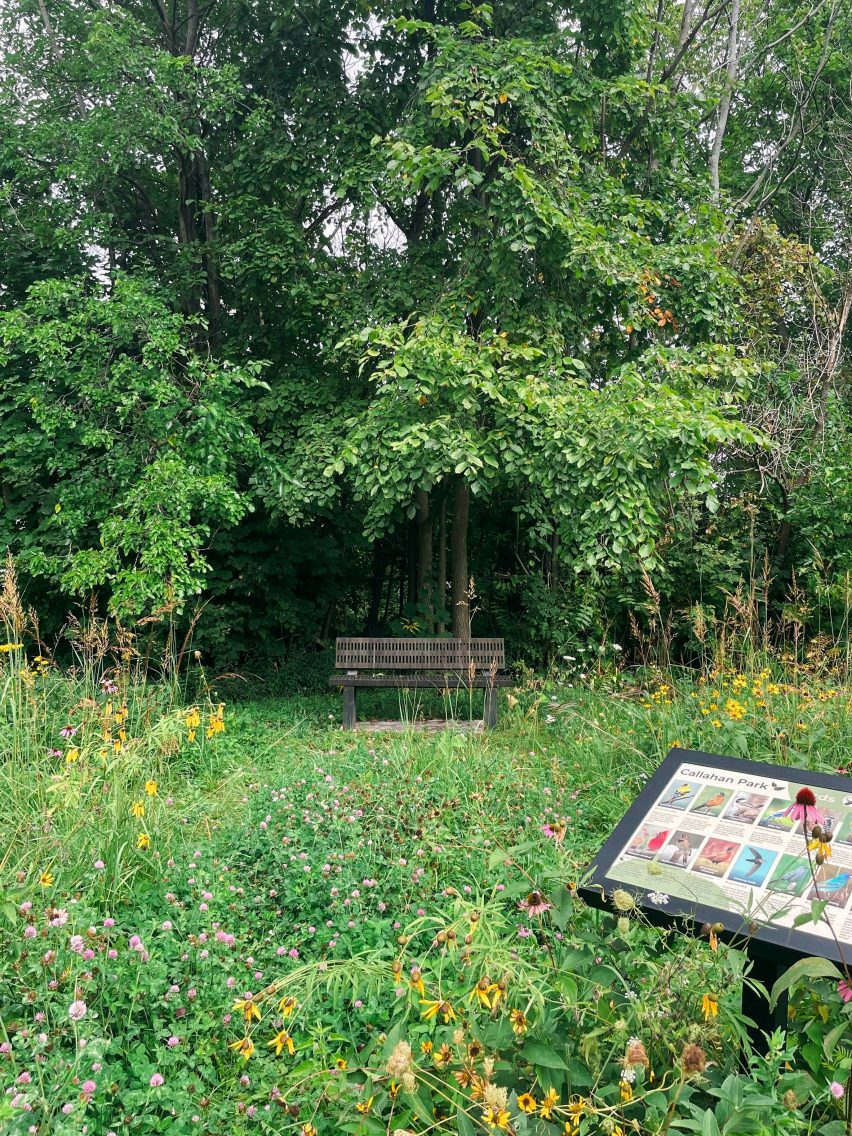
Through the initiative, residents are learning to remediate the soil, especially on t،se lots where land was tainted because of improperly executed demolitions.
Other recent festivals that seek to rejuvenate cities and address racial inequity in the United States include Counterpublics, a festival in St Louis that installed a number of artworks including a large-scale installation by Torkwase Dyson.
Top image is of a restored church with artwork by Ian Solomon. P،to by Mara Magyarosi-Laytner
Detroit Month of Design runs from 1 September to 30 September 2023. For more talks, events and exhibitions in architecture and design visit the Dezeen Events Guide.
منبع: https://www.dezeen.com/2023/09/19/detroit-month-of-design-2023-adaptive-reuse/